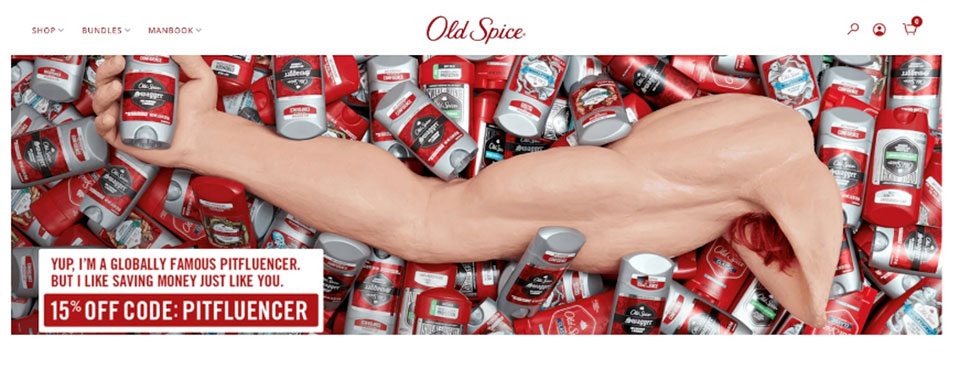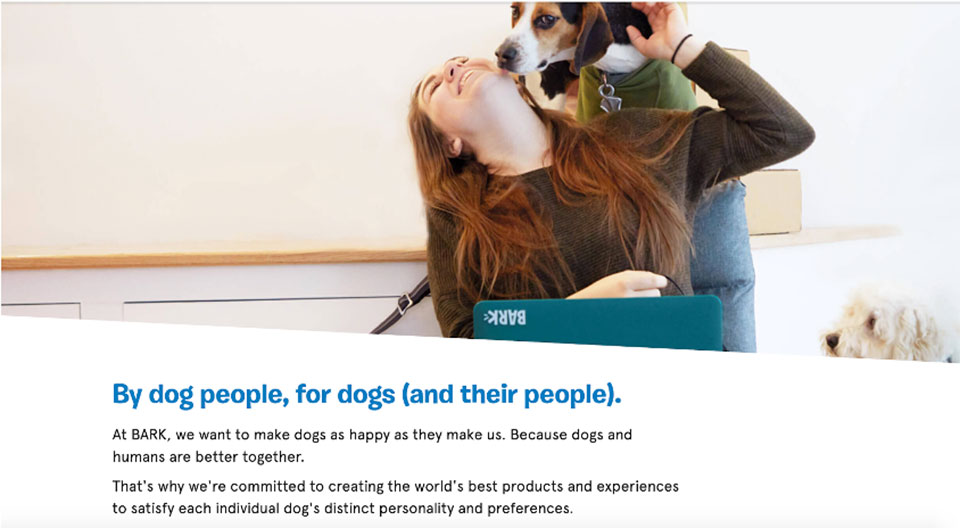By Devon Delfino
Tone of voice is the way that you communicate your message — it dictates the way that an audience interprets the words. And it’s a key part of your brand voice. So if you’re going to build a strong brand, tone matters. Here’s what else you need to know about tone, and crafting the best one for your brand:
Why tone of voice matters for brands
Tone of voice refers to the way you say something.
Four key components of your brand’s tone of voice
- Word choice
- Punctuation
- Message placement
- Sentence structure
Each of these four components can change the way the reader feels about your message and how they respond to it. A single message can be written using any manner of tones; the key is deciding which tone is most effective.
What’s the difference between brand voice and brand tone?
Tone does play into brand voice, but the two are not synonymous. Brand voice is the written expression of a brand. It’s what the brand — if it could speak — would sound like. Tone of voice, on the other hand, is the way a given piece of communication is delivered. Tone is what creates the emotional impact and that can shape both how the audience feels about the brand.
How to develop tone of voice for your brand
- Gather your background information
To develop the right tone for your brand, you’ll need to know a few key details:
- What the company is trying to accomplish
- The tone that the brand has used previously
- The company’s core values
Reviewing published communications, like blog and social media posts, can be a helpful way to understand previous tones. And asking for impressions from your audience can also help you gauge where you stand. Combined, this information will give you a good idea about the kind of goals you want to accomplish, which will help shape the tone.
- Understand your audience
Tone can easily be mistreated if you don’t have a firm grasp of who your audience is and where they’re coming from. Conduct research into your company’s ideal audience. You should know key demographics, such as age range, where they live, common interests, and how they like to communicate and learn.
- Think about the four dimensions of tone of voice
According to Nielson’s principles for tone of voice, there are four sliding scales to consider:
- Funny vs. serious
- Formal vs. casual
- Respectful vs. irreverent
- Enthusiastic vs. matter-of-fact
You can use these umbrella tones to gather lists of words that fit beneath each of those categories, with consideration for your desired position along the spectrum. By using those words in your messaging, you can more easily craft your ideal tone.
- Create tone of voice guidelines
Once you have a solid idea of what tone the company should use sounds like, it’s time to put that idea into practice, typically as part of a brand style guide. The “tone” section should include basic guidance like what a good tone sounds like versus what the company is trying to avoid; make sure to provide examples for the reader in several contexts, like blog posts or social media.
- Keep your tone of voice up to date
As with brand voice, tone is something that may not be static throughout the life of a business. That’s why it’s vital to make sure that as the company changes, so too does the tone. That way, everyone who may have a hand in creating communications from the company is on the same page.
Examples of effective brand voice and tone
Barkbox’s tone of voice is laid-back and upbeat
If you look at their FAQ question, “Where is the rest of my order?” you’ll get a great example of tone. The use of the phrase, “Not to worry though!” communicates a laid-back and upbeat tone, which in turn makes the reader feel comforted and calm. This tone contributes to the brand’s overall voice, which is conversational and warmhearted. (Just like the dog-obsessed community they cater to.) On the Nielsen model, it leans casual, funny, respectful, and enthusiastic.
 Old Spice’s tone of voice is often goofy and enthusiastic
Old Spice’s tone of voice is often goofy and enthusiastic
You need only go to the homepage of the brand’s website for a taste of brand voice, as well as tone. Take the following example: “Get more awesomeness, good smellingness, and Old Spice exclusiveness than ever before.” The tone here is goofy, it makes the reader smile by the strategic use of the non-word “smellingness.” This contributes to the brand’s voice, which is direct and has absurdist tendencies, which appeals to its younger demographic. According to the Nielsen model, the tone tends toward funny, casual, irreverent, and enthusiastic.
 Slack’s tone of voice is casual and matter-of-fact
Slack’s tone of voice is casual and matter-of-fact
The tone employed on the company’s “tips” page is almost neutral, but conveys a subtle positive slant to the messaging. By speaking directly to their productivity-interested audience in this manner, they give the impression that they, too, value getting things done well, but also quickly. The brand voice — which focuses on clarity and conciseness — aligns with this tone. Nielsen’s scales would tip serious, casual, respectful, and matter-of-fact for this example.
What are the common tone-of-voice mistakes?
There are many opportunities to get “tone” wrong, especially if you don’t take a balanced approach:
- Mistake 1: Being inconsistent
Tonal inconsistencies can create questions and even mistrust within your audience. That’s why it’s vital to create a tone guide for your brand. - Mistake 2: Offending the intended audience
Companies that go for the irreverent and funny sides of Nielsen’s scales, for example, can take things too far if they don’t define how far is too far. - Mistake 3: Being forgettable
Just like you can go too far at the opposite ends of Nielsen’s sliding scales, choosing “neutral” positions could also backfire. Tone is meant to provoke an emotional response in the reader, and failing to do so means being forgettable and irrelevant — something all companies want to avoid.
Devon Delfino is a journalist and contributor to Writer, an AI writing assistant that helps teams write consistently on-brand content.


